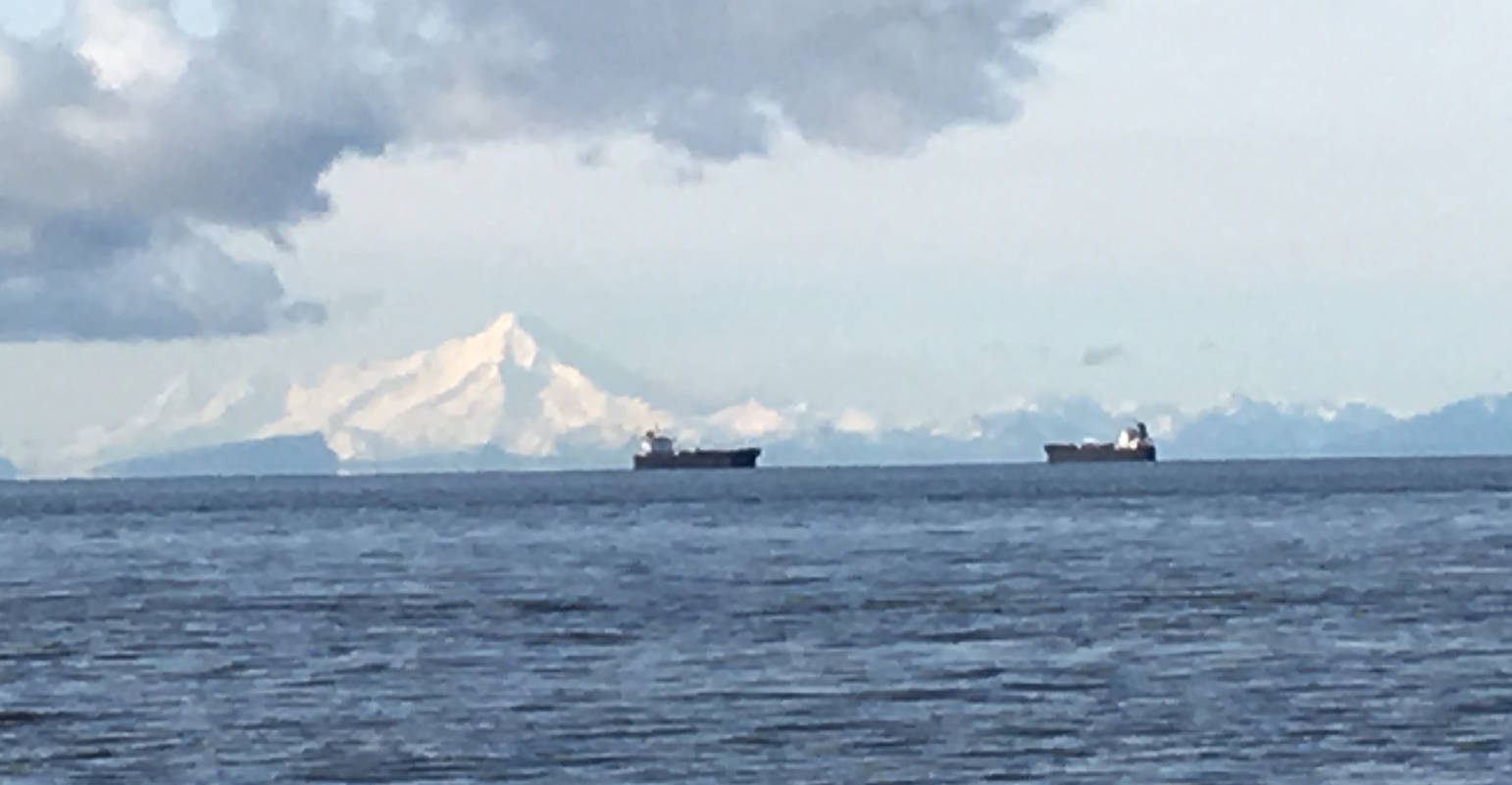Using the term “monster” is always an attention-grabber, so now that you are reading this, let us go into verifiable facts, witnesses and evidence to parse through the tissues of fact and fable.
The Clarion was gracious to publish an article in July 2017 after reports came in from Lake Iliamna. Flying out to interview witnesses was a revealing experience, and I had hoped that someone, somewhere with the wherewithal would begin an investigation. In the fall of 2018, a Los Angeles documentary producer told me that he is laying plans to visit Alaska to see if the reports are worthy of attention. Cable TV often likes to sensationalize stories into more than they should be, but the entertainment value of expounding upon a mystery creates the revenue that the state and federal government cannot afford themselves for thorough and serious research. With that, let us gladly accept the realities of investigative reporting in the 21st century and hope that accuracy rather than melodrama will be the outcome.
On my radio show we occasionally discuss the truly unusual incident of June 2017 near Kokhanok, where nine adults, sporting two binoculars, all saw three enormous creatures, two smaller than the largest, about two miles offshore from a set-net site on Lake Iliamna. Bristol Bay commercial fisherman Gary Nielson maintained that the size of the largest was at least sixty feet. They spouted water, submerged, resurfaced and finally disappeared. The details arrested the attention of Alaska Magazine, which ran a brief account in the June 2018 issue.
A local listener alerted me to the fact that Paul Boskoffsky, a man in his 80s whose experience includes being a pilot, commercial fisherman, guide, trapper, evangelical preacher and Bible camp founder on Lake Becharof, was startled by what he saw in June of 2018. Boskoffsky has made his life on Alaska’s second largest lake, about 80 miles due south of Iliamna. His adventures are recounted in a small autobiography, “A Man from Kanatak,” which does not include what he recently witnessed.
During an interview about his life of faith and adventure, I asked Paul what he saw on Becharof last summer. His report certainly was a reasonable description of a white sturgeon, whose known range ends in southeast Alaska.
Boskoffsky admitted that he and his boat companion were so flabbergasted that they failed to reach for the cellphone cameras during the approximately one minute that they observed it from about 300 yards. He stated it as being darkish in color, with a bony or bumpy spine, wallowed on the dead-calm surface and was about 15 feet long. This matches very well with a white sturgeon, and the discrepancy in light could account for making a fish appear dark from one angle while shiny bright from another.
Columbia River sturgeon can easily go that size and reach weights of close to a ton. One online photo shows a sea lion grappling with a sturgeon. If the fresh water seals of Iliamna were ever witnessed doing such a thing, the fish and seal’s head might easily make for a confusing —- even fearsome —- spectacle of thrashing. Add to that composite views of two different animals, especially if viewed from lake level, and the witnesses can make perfectly reasonable reports of a monster.
Many of the aerial spotters of the Iliamna creature over the years have made it a point to say that the giant creature never broke the surface. Estimates of 30 feet in length, if inaccurate, are perfectly reasonable when done from several hundred feet in the air.
If the creatures of Lakes Iliamna, Clark and now Becharof are sturgeon —- and this is an admittedly inexpert opinion —- that in and of itself is newsworthy, lies outside of the limits of the known range and should be sufficient to obtain some official biological research.
It does not, however, explain the Kokhanok sightings of 2017, sightings that as yet remain inexplicable and again permits the mystery to continue in all its speculative glory.
Good hunting!
Bob Bird is a radio talk-show host on KSRM.
By BOB BIRD

